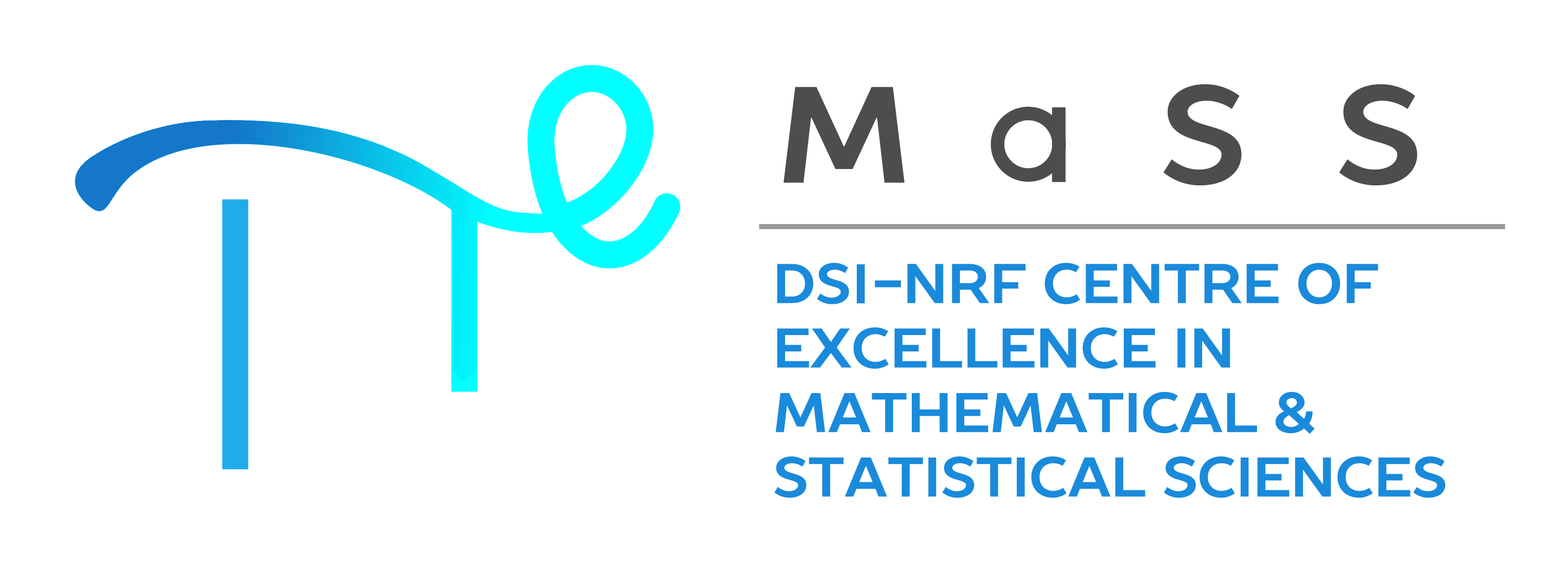An intraday ensemble trading framework for the Forex
market
Coetzee Koegelenberg\(^*\) and Jan van
Vuuren
Department of Industrial Engineering, Stellenbosch
University
SAMS Subject Classification: 10, 26
Price movements in financial markets have been compared to random walks which exhibit chaotic and unpredictable behaviour [2]. Traders continually attempt to overcome this market randomness phenomenon, often unsuccessfully. Reasons for this lack of success include an inability to model market randomness, prevailing market information inefficiencies, the presence of trader cognitive bias, and extreme market events [1, 3].
In this poster, decision support is provided to traders in the form of a holistic intraday ensemble trading framework (IETF) focused on the development of a Forex market trading algorithm which reduces human error. The framework is partitioned into three sub-components. The first component is responsible for all data preparation and processing. This framework component is designed to create a logical pipeline of reformatted data of an acceptable structure. The second component of the IETF is geared towards forecasting future market movements in an attempt to identify possible trading windows. The inclusion of multiple heterogeneous forecasting methods (statistical methods or machine learning methods) is emphasised in an attempt to incorporate generalisation capabilities and improve market forecasting capabilities. Lastly, the third component is aimed at providing the user with an intelligible road map for designing and executing a trading strategy based on information gathered in the first two components in an attempt to maximise profitable returns while minimising risk. Component modules responsible for entry strategies, exit strategies, and risk management are illustrated in this poster.
References
[1] B.G. Malkiel, Reflections on the efficient market hypothesis: 30 years later, Financial Review, 40(1) (2005), 1–9.
[2] K.J. Oh and K.-J. Kim, Analyzing stock market tick data using piece-wise nonlinear model, Expert Systems with Applications, 22(3) (2002), 249–255.
[3] E. Otuteye and M. Siddiquee, Overcoming cognitive biases: A heuristic for making value investing decisions, Journal of Behavioral Finance, 16(2) (2015), 140–149.


